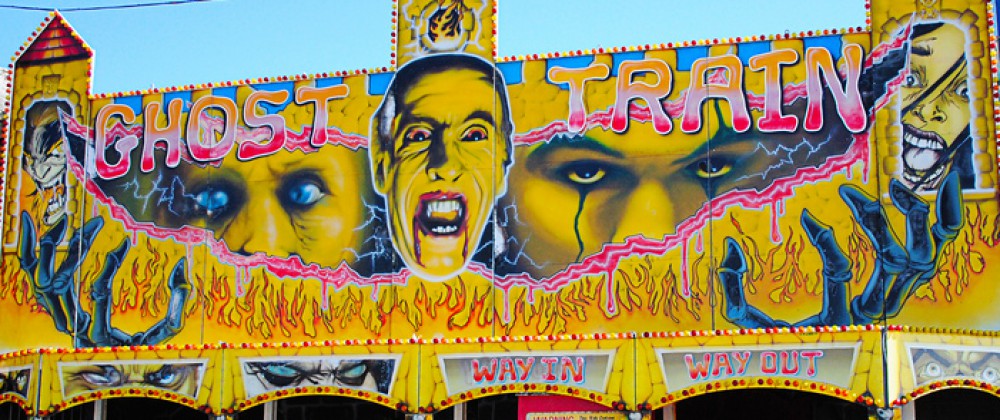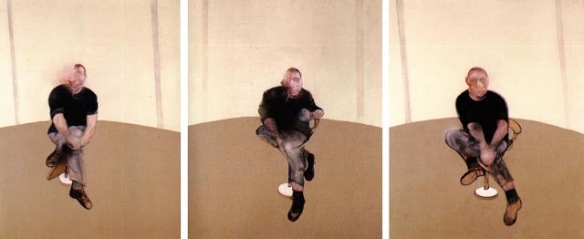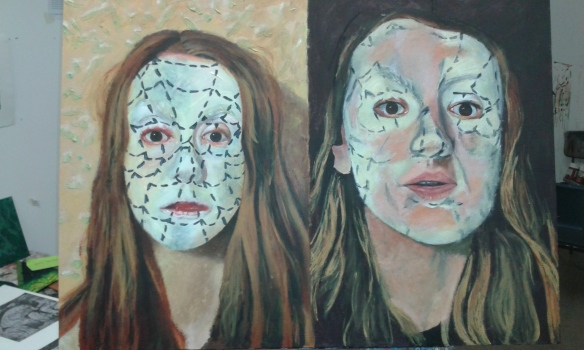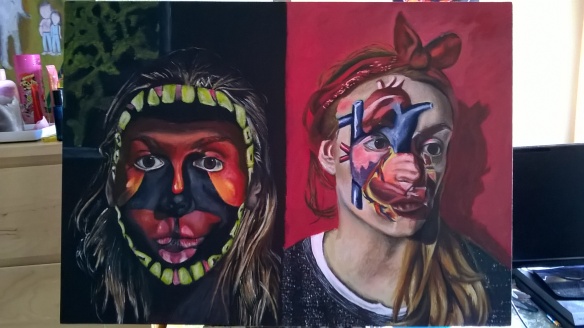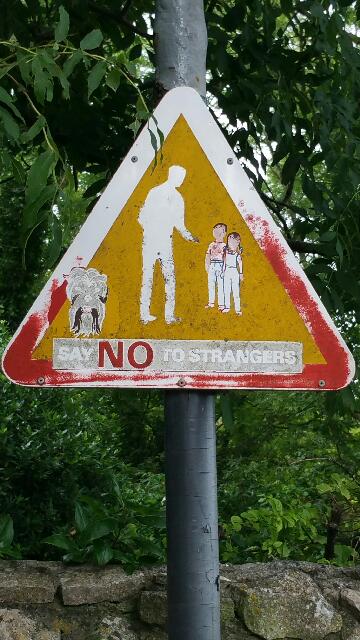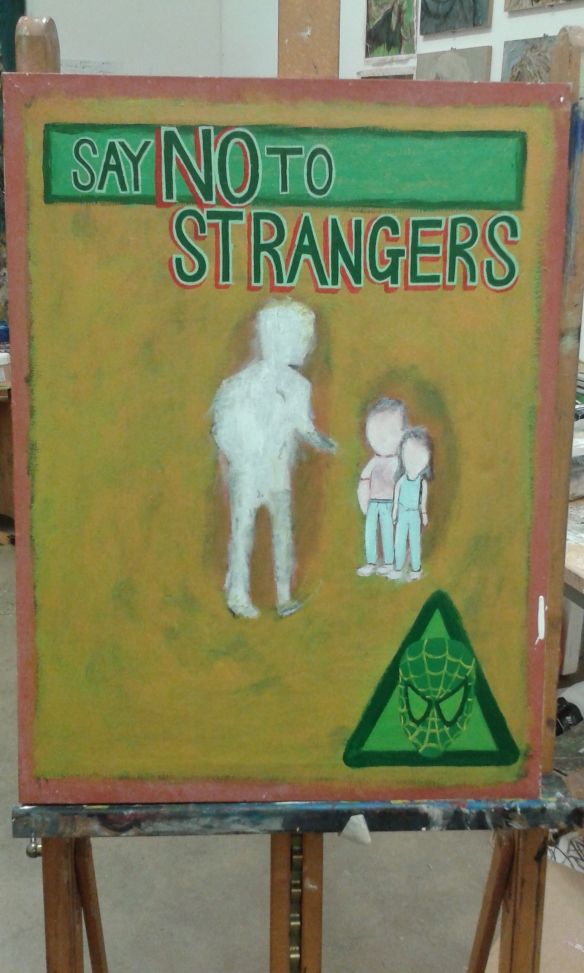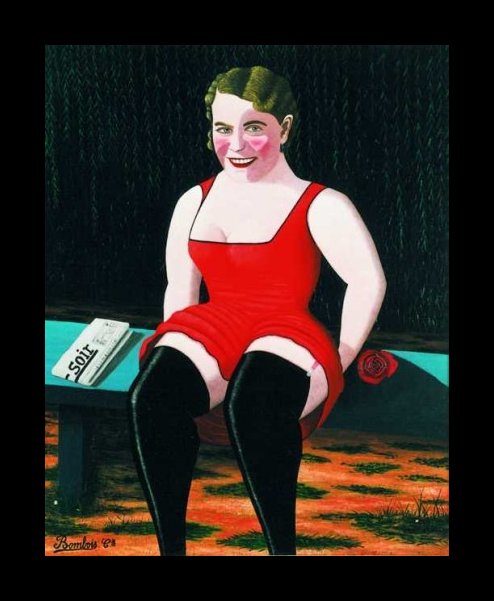With the relief of handing in my dissertation, I now get to write about writing my dissertation which is brilliant… actually, it is rather brilliant, I have time to reflect on this huge piece of writing I never would have made unless I came to university.
My title in short: ‘How does my Subconscious Affect my Work?’
Below (My Artefact)

Strengths:
I believe I created a unique body of writing which included good ideas and interesting points. I was also rather uncareful when it came to the whole use of the word “I” in my essay, but this was because my essay was quite personal and had a lot of relevance to my own artistic practise. Having chosen to write a 6000 word paper with an artefact, I couldn’t really have written my dissertation without using the word “I” and i don’t feel it hindered my essay in any way.
Flaws:
I had a lot of difficulty making my self clear in my essay, I had so many different points to make and they would all have connections to each other but could not ‘sit next to each other’, meaning they would arrive in different chapters. This was the biggest problem I faced, as it made me freeze up in terror. I had all the words I wanted to say but they had to be separate, when all I wanted was one long paragraph with no pauses or full stops, just one perfect sentence which lasted 6000 words. Everything was in relation to each other and I had to find a way to make it both structured and flowing. After discussing that with Mahnaz, I decided to just use phrases such as “in relation to my previous chapter” etc. I couldn’t find many other ways around it.
My conclusion was also rather abrupt, I must admit that it wasn’t so much of a ‘finishing’ of my essay but rather ‘putting it out of it’s misery… knocking it on it’s head ready to be ground up into beef’. I felt an urge to just have it finished and handed in so I wouldn’t have to think about it anymore, simultaneously handing it in early and avoiding the stressful rush of other students doing the same. This way I could let it go and focus on my studio work, which I don’t regret. I’ve done what I can for my essay, stressing over the finalities wouldn’t get me much further.
Finally, I felt there was a lack of certainty in my writing. By the time I began to seriously write it (december), it was too late to start something new that I would have more confidence in writing. My decision was to do my best and work with what I did know, and I don’t think I did too badly. However, because of this lack of knowledge and dedication to my subject matter, I leaned more towards my own work and therefore my own opinions and thoughts on the matter of Surrealism, dreams, memories, symbolism, Jung etc. Overall, it was probably too personal.
What have I learned?
For any future essays, I must make sure it is something I can write about inside and out. As interested as I am in dreams and the psychology behind art, for some unexplainable reason I had no drive to write an essay about it. I didn’t know where to begin. As someone who finds it hard to articulate themself, I find it a lot easier to write an essay where I can find clear, borderline factual points to include. Dreams are such an esoteric and ethereal subject that it was really difficult to write a structured essay about it. Or perhaps it was only difficult for me. In hindsight I should have written about something else.
I felt we were made to write our proposals too soon, all the way back in second year, as I ended up writing about old work. I knew I wanted to write about painting, and what I was painting back then was dreams, and as far as I knew, I was going to continue in that direction through to 3rd year. This was probably the root of all the problems I faced, if I put it bluntly.
Funny things I have learned from doing my dissertation:
I originally intended to write lots and lots about Surrealism, but through lack of any real enthusiasm, I neglected to do the research. I was only ever interested in Dali, he has always fascianted me. He had a way with the language of painting that, in my opinion, no other Surrealists could achieve. A particular humour and darkness about him which had such a charming quality which showed through his work. I’ve learned how attracted I am to his work just by noticing how I neglected to discuss all the other members of the Surrealist movement. This is a definite flaw in my essay, but I realised that my interest in Dali over shadowed my interest in Surrealism, and I felt this was more important.
I also learned how personal dream analysis is. I dove into my essay expecting to be overrun with theory after theory on the subject, facts about symbols and their meaning in dreams. Instead, I found through my reseacrh of Jung, that dream analysis is a very sensitive subject and Jung aimed not to pigeon hole the individual involved. Dreams are simply superimposed images and memories and in order to find any meaning all one has to do is pull the important bits out and note the feelings they felt whilst experiencing the dream. It’s really quite simple, more simple than I had imagined.
As odd as it sounds, writing my dissertation taught me to respect my work. I never gave my paintings titles until I had to reference myself in my essay, and this was an eye-opener for me. I realised the strength in my work and this has taught me to treat every artistic endeavor as if I was going to reference it in an essay.


